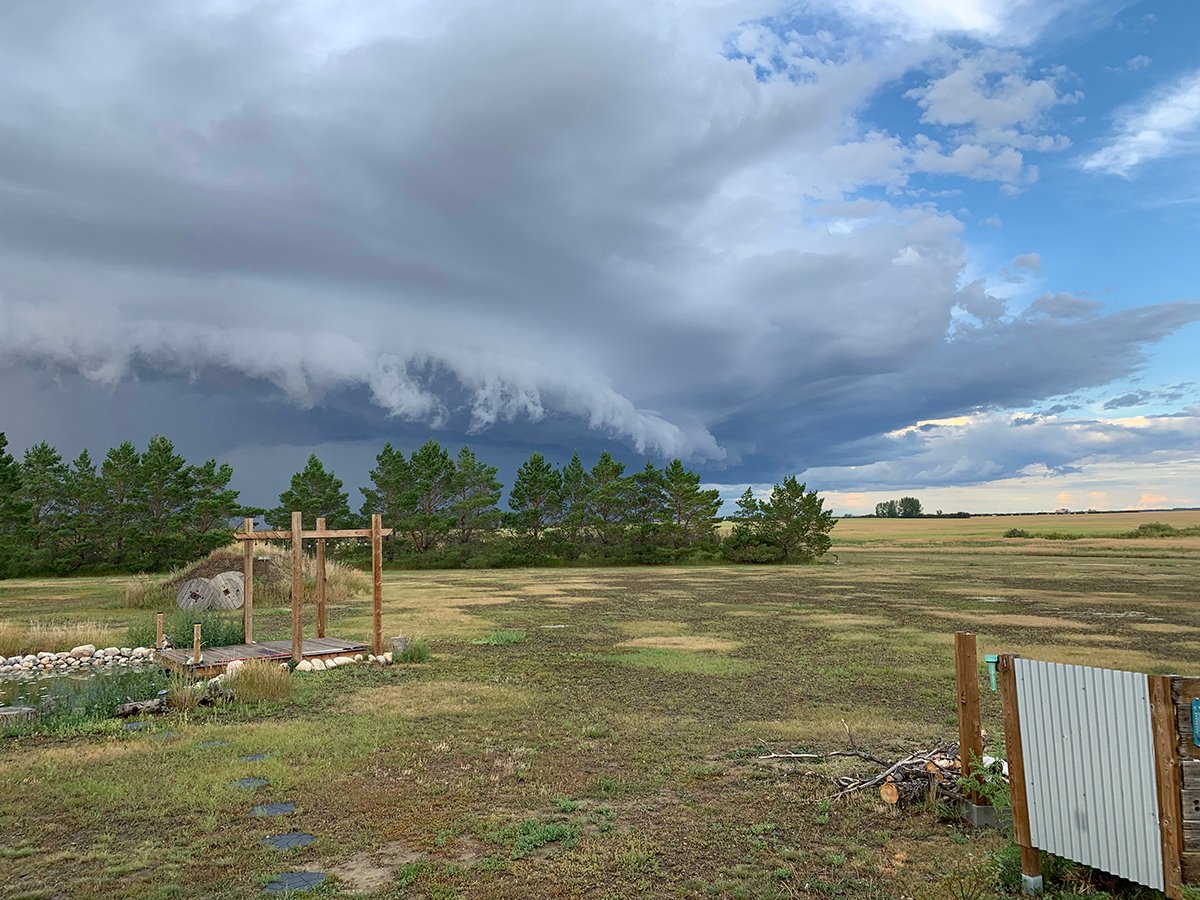Hunting opportunities | 1,300 hunting tags were available this year compared to 250 in 2005
If it seems like moose are being spotted walking through fields and towns around Saskatchewan with increasing frequency, there’s good reason.
When I go pheasant hunting, as an example, 10 years ago if we saw a moose we’d all stop and take a picture of it,” said Darrell Crabbe, executive director of the Saskatchewan WIldlife Federation.
“The last two or three years, it’s not if you’re going to see moose, it’s how many of them you’re going to see.”
Over the last generation, the habitat of Saskatchewan’s moose population has diversified alongside its agricultural production, said Rob Tether, a wildlife biologist with the Saskatchewan ministry of environment.
Read Also

Storm dynamics and extreme rainfall
Besides moisture, instability and orographic lift, the next biggest factor that contributes to heavy or extreme rainfall is storm dynamics.
Moose numbers are up, he said, but while most still inhabit northern forests, between 5,000 and 7,000 are now spread out across southern Saskatchewan, where the “specialized generalist” feasts on meals of peas, alfalfa and canola.
Agricultural land provides a good habitat for them, with fewer pressures from predators and, increasingly, fewer people.
More recently, said Tether, moose have been moving closer to the province’s two major cities.
Over the last five years, officials in Regina and Saskatoon have come to expect between six and 10 moose sightings a year, but in the last few weeks alone there have been multiple instances where moose entered those cities and had to be tranquilized and removed.
“That just tells us the number of moose are high enough that we need to control that, to try and reduce where we can any of these instances of moose moving into cities or crossing highways,” said Tether.
According to the SWF, more than 300 people were injured in vehicular collisions with wildlife last year in Saskatchewan.
The situation has created new opportunities for hunters in the province, as quotas for the animal have increased across the province, to 1,300 tags this year from 250 in 2008, with particular attention being paid to the regions closer to cities.
Hunters in regions immediately next to city limits face more regulations, which drives down the hunting success rate.
“Even with all of those restrictions the hunters seem to be successful and are able to harvest a moose in that area and it helps us a lot because it’s one of the few management tools we have to ensure that populations don’t expand to a point that they overpopulate an area,” said Tether.
Thousands of moose were harvested in Alberta last year, but the situation is different in Manitoba.
While a moose was recently tranquilized in Brandon, a declining moose population has resulted in hunting closures in the Duck Mountain and Porcupine Mountain areas.
The population in that province is low, but stable, said Dan Bulloch, a policy analyst with Manitoba Conservation, who pegged total numbers between 20,000 and 30,000.
At their peak, the Manitoba population could total 50,000, he said.
In Saskatchewan, Tether said the provincial ministry is working to form a long-term strategy to manage moose on farmland, which would examine management techniques.














